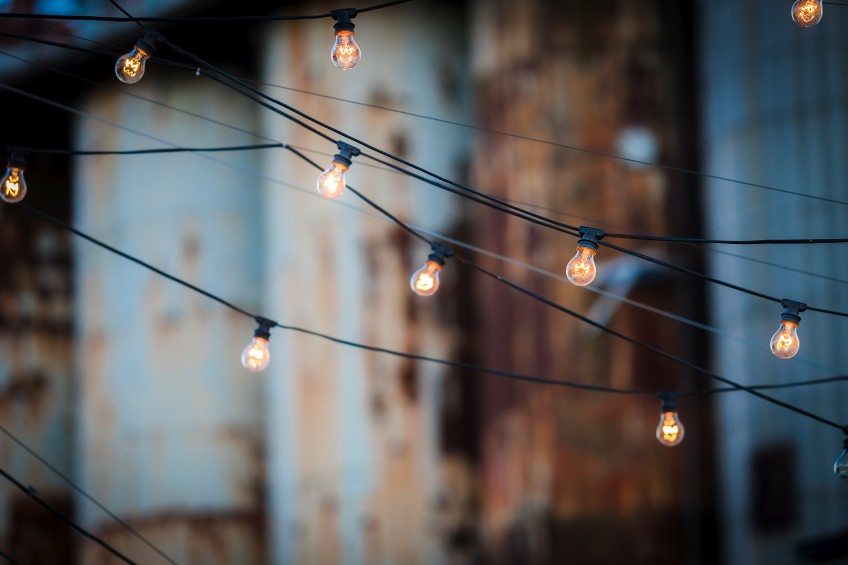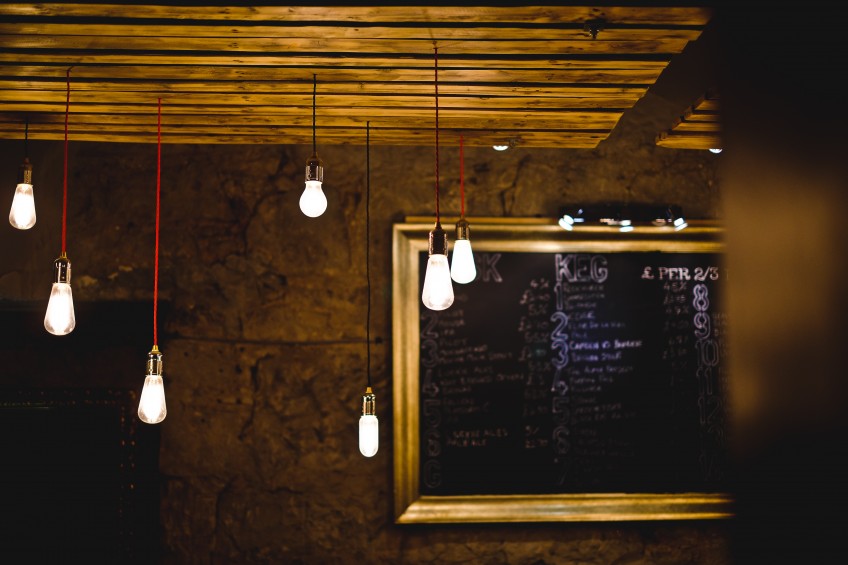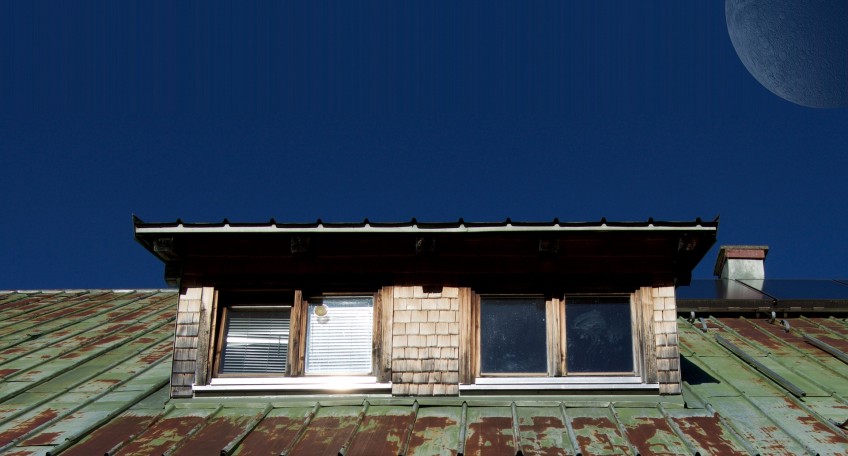Introduction
Metal roofing cost a premium over standard shingle roofs. While many tout the benefits of a metal roof, is the extra expense worth it?
Step by step
Metal has been used as a roofing material for over 100 years. It isn't unusual to see old barns with corrugated metal roofing that is 50+ years old. More recently, metal has become a popular choice for contemporary architecture, wildfire prone areas, and cold climates. In this article, we'll help you determine if a metal roof is the right choice for your home.
Types of Metal Roofing
Let's start by defining some common metal types used in roofing:
- Steel
Steel is the traditional metal roofing material. However, it is prone to corrosion and therefore is galvanized with zinc. The cheapest type of steel roofing are corrugated panels often seen over a shed or barn. These are made from lower grade G-60 steel and rarely used for residential housing. Most residential steel roofing uses galvanized G-90 steel. Steel is also the basis for galvalume, which is coated with an aluminum-zinc coating and is more corrosion resistant than standard galvanized steel.
Steel is made in to all the common roofing types, including interlocking shingles and standing seam, as well as coated stone material. - Aluminum
Aluminum is naturally corrosion resistant so it is better than steel based roofing in areas prone to corrosion. It is more expensive than steel roofing and typically only available in shingles and standing seam configurations. - Copper
On the very high end is copper roofing. This is rarely used for an entire roof due to the high cost, but is sometimes used to accent areas. It starts with the beautiful copper color and develops an equally gorgeous green patina over time.
In talking about metal types, we referenced a few different roofing types. Here’s a short description of each:
- Corrugated
If metal were left in flat sheet form, it would have very little rigidity. Corrugated roofing is a single piece of metal, typically 4x8 sheets, but is formed with the peaks and valleys needed to give it stiffness. This is low cost and not typically used for residential applications except for barns and sheds.
Image Credit: Home Depot - Interlocking Shingles
Think asphalt shingles, but metal. Also, rather than overlapping this interlocks. More expensive than asphalt but less than standing seam. Most benefits of metal but a more traditional look.
Image Credit: Interlock Roofing - Standing seam
This is likely what you think of when you consider a modern metal roof. Very clean in design, the seam is where two panels come together and is raised up, giving it the name.

Image Credit: Classic Metal Roofing Systems - Coated Stone
There’s some newer products that look like tile or stone but are actually metal covered in an aggregate. The can have the benefits of metal (relatively light weight) with the aesthetic of stone/tile.
Image Credit: Knockout Roofing
Why You Shouldn’t Buy a Metal Roof
Let’s start with the biggest reason not to buy a metal roof.
Cost. Specifically, upfront cost.
A standard metal roof not only cost more on material, but is also higher on labor. While there are thousands of contractors able to install a shingle roof appropriately and quickly, the pool of talent on metal roofs is much lower. Tools and training are specialized and execution must be flawless to ensure longevity and performance.
These factors combined equate to a standing seam metal roof costing about double a shingle roof, at a cost of about $10/square foot, as opposed to under $5 for a shingle roof. If you are considering interlocking metal shingles, the premium isn’t quite as high but you’ll still get many of the benefits of a metal roof. Should you want to splurge for copper or zinc, expect to pay closer to $15-20/square foot! For a more exhaustive look at metal roofing costs, check out Roofing Calc’s article on metal roofing.
Why you Should Buy a Metal Roof
So why would anyone in their right mind buy a metal roof at twice the cost?! There’s actual several reasons to consider metal.
Lifecycle Cost
Metal cost more up front, but if you consider the lifetime cost of all factors, it starts to look better.
- Longevity
While metal costs more up front, it also lasts a lot longer. The average shingle roof will last 15-20 years (assuming no hailstorms come through before then. Unlikely if you live in Texas…) While a metal roof is 35-50 years. Assuming you live at the house for 50 years, simple math would say that paying 2x up front is a good deal if the roof lasts 3x as long!
Unfortunately, the average home changes hands every 7 years so the longevity benefit is somewhat tempered. However, the benefits of metal roofing are widely accepted, so this may help with resale value on the home. Some sources claim homes with metal roofs command 1-6% more than their asphalt clad brethren. That being said, like many home features, roofing is market dependent. If a house is the only one on the market with a metal roof and is missing those lux granite countertops, buyers still might not want to pay the premium. - Insurance Cost
Metal roofing is much more durable when it comes to withstanding disasters like hail storms, hurricanes, and wildfires. This means that many insurance companies will give a discount on homeowner coverage. This can be considerable if you are in a wildfire prone area like California. It is worth noting that other materials may provide a similar discount, such as tile roofing.
- Energy Cost
The traditional black shingles used on most homes is one of the worst possible designs for energy efficiency in hot climates as they soak up the sun and radiate that heat in to the attic. Metal roofing tends to reflect much of the sun’s rays so while metal roofing itself can be blistering hot to the touch, it is actually better for your home energy use.
While energy cost is a benefit, be wary of those that overstate this value. Everyone likes to claim their product will save you 20% on your energy bill but if they all did, the energy company should be paying you to live at your house! As each system becomes more efficient (better insulation, more efficient HVAC, LED lighting, etc.), the benefit of each becomes less. An efficient air conditioning unit isn’t as valuable now that your LED light bulbs produce less heat that needs to be cooled out. This is also the case for roofing, so expect 15-20% savings on your air condition cost in the Summer, but it won’t be enough to pay for the cost premium of the roof over a few years.
You want solar panels
Solar panels are a discussion of their own, but if you do want them than a standing seam metal roof has advantages. Rather than having to penetrate the roof for mounting, the system can be clipped on to the seams, keeping the roof completely intact.
Additionally, metal roofing tends to shed snow and ice quickly rather than build it up. This will help keep the panels clear for better winter production, assuming you live in a cold climate.
You get a lot of fire or ice
If a fire starts inside, metal roofing won’t help you much. If it is outside (think forest fire), it will help. This is why you see more metal roofing in states like California and they yield insurance discounts.
If you’re in a snowy climate, a slick metal roof helps to reduce buildup of ice and snow. This is generally a good thing, but you do need to take extra caution that it doesn’t slide off all at once and cause injury. This is why you see “cleats” on metal roofing in cold climates. However, older homes in Canada often had steep pitched metal roofs so they would shed snow and ice quickly and not overburden the roof structure.
Summary
Now that we’ve considered the pros and cons of metal roofing, you hopefully feel more educated and hopefully equipped to make an informed decision. If you’re still confused we’ll close with this summary. Metal roofing is a long-term investment. If you’re building your dream “forever home”, you should really consider going metal. If you are paying for a replacement roof in a short-term home, it is likely best to not sink the cash in to a metal roof unless you have concerns about safety (see the portion on wildfires).




